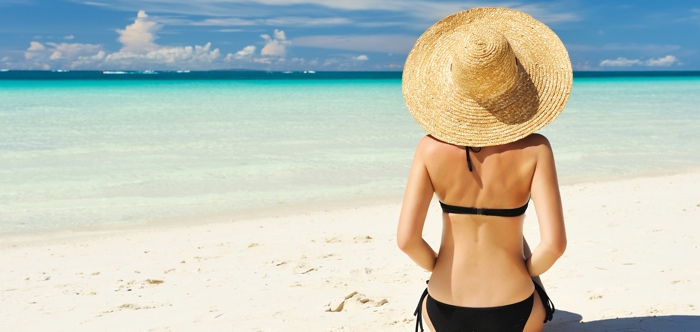Sun tanning is a procedure where the skin color is darkened. This is really a protective step of our body to decrease the damaging effects of the sunlight.
Sunlight is a rich source of ultraviolet A and ultraviolet B rays, apart from sunlight, lots of artificial light sources emit these beams although the intensities are less. Sunlight can be helpful in addition to harmful. Harmful effects of sunlight include burns, increases risk of cutaneous malignancies, photo-ageing of skin etc. Exposure in the first morning is good for health concerning vitamin D synthesis, outside which there is an exponential increase in harmful consequences due to UV A rays.
So how can we prevent tan?
The answer is quite straightforward, though challenging to practice. Simply avoid sun exposure. It’s not simple to prevent sun exposure on a daily basis, hence finding a number of these effective physical steps would be the next best alternative like wide-brimmed hats, umbrellas, scarves, caps, full sleeved garments, socks, gloves etc.. Aside from this, wide spectrum sunscreens with spf more than 16 are helpful, sunscreen ought to be applied in the right quantity and it needs to be repeated at an interval of 3 hours. Sunscreens can be physical or chemical, both are both good but physical sunscreens are largely utilized in children as it is safe. Apart from this keeping up a healthy diet by consuming diet rich in antioxidants such as fresh fruits, green tea may further help in reducing harmful effects of sunlight.
How do we treat it?
Coming to the treatment aspect of tanned skin, we’ve got variety of options such as depigmenting lotions, lasers, chemical peels, microdermabrasion etc, and also treatment is dependent upon the high level of tanning, skin type etc.. After treatment it’s important to maintain the skin by regular application of sunscreen.

